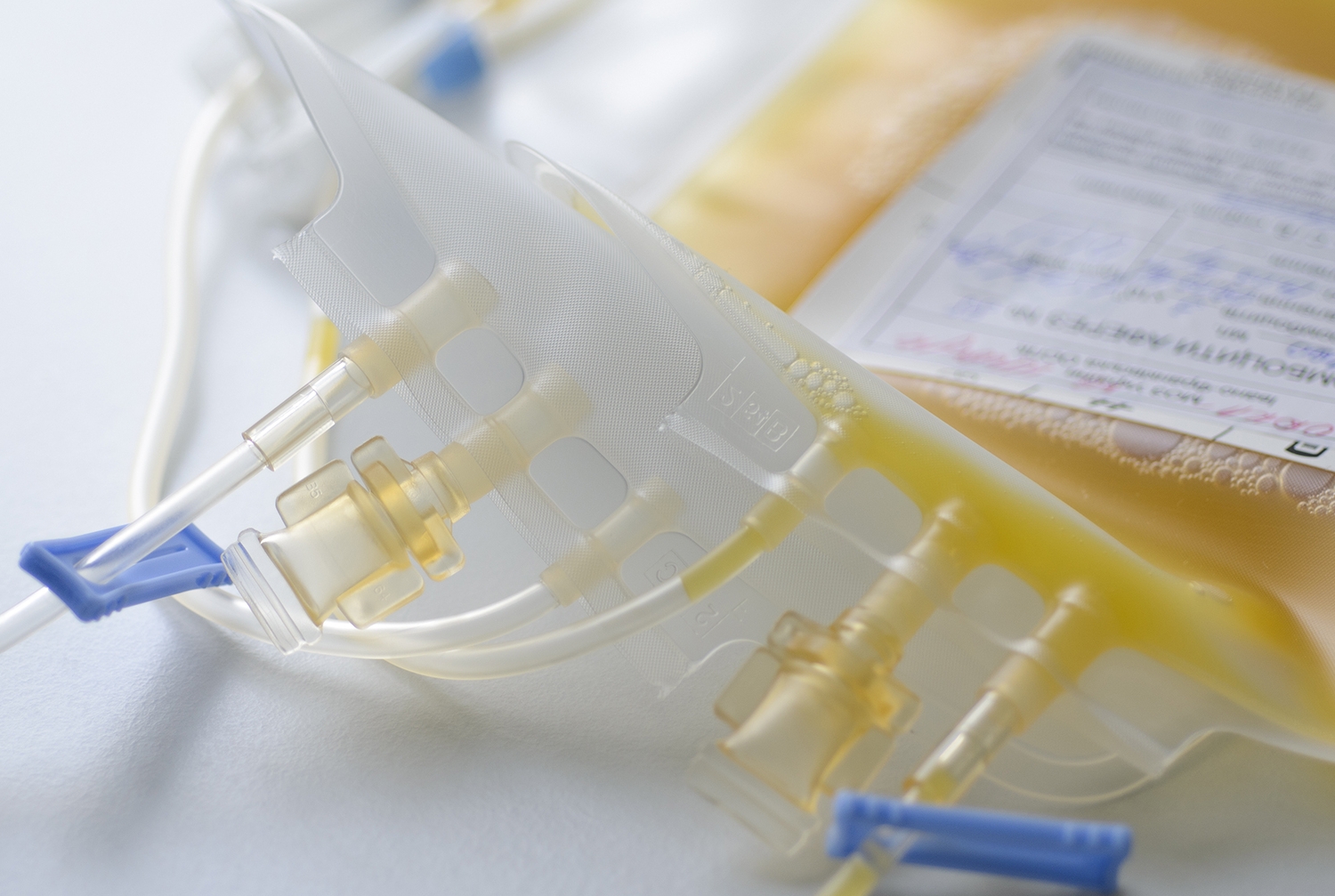Two thirds of children in the pediatric intensive care unit (PICU) who receive transfusions of platelets—a component of the blood that helps it to clot—do so to prevent bleeding, according to a new study from Weill Cornell Medicine and NewYork-Presbyterian investigators. The other third of patients receive the transfusions to stop active bleeding.
Some children who receive platelet transfusions for preventive, or prophylactic, purposes may not need them, said the study’s lead author Dr. Marianne Nellis, an assistant professor of pediatrics at Weill Cornell Medicine and a pediatric intensivist at NewYork-Presbyterian/Weill Cornell Medical Center. While the risks of platelet transfusion may include an allergic reaction, change in their immune system or infection, “nobody wants to see their child bleed, and no healthcare provider wants to have a patient bleed, so we often give children platelet transfusions prophylactically,” she said.
“Unfortunately, the majority of clinical practice in pediatric critical care medicine is based on experience and not evidence,” Dr. Nellis said. This includes determining when and under what conditions to provide platelet transfusions, the overall benefits of which are not well understood.
For the study, published May 4 in Critical Care Medicine, Dr. Nellis and her colleagues evaluated data from children 3 days to 16 years of age receiving care in 82 PICUs throughout 18 countries. Of 16,934 patients, 559 received at least one platelet transfusion. Thirty-three percent of these children received at least one platelet transfusion to stop active bleeding. The remaining 67 percent received platelet transfusions to prevent bleeding.
This is the first published paper to assess when and why critically ill children receive platelet transfusions and outcomes such as mortality.
A normal platelet count in children ranges from 150 to 450x109 cells/L. With this study, Dr. Nellis and her colleagues found a wide variation in the platelet counts that prompted doctors to give critically ill children transfusions. For example, surgical PICU patients had a median total platelet count of 48x 109 cells/L before receiving transfusions. In comparison, medical PICU patients had a median total platelet count of 26x 109 cells/L. A lack of data on pediatric platelet transfusions may help to explain some of this variation, Dr. Nellis said.
The researchers also observed that mortality increased by 2 percent for every additional dose of platelets that children received. “There seems to be an association between dose of platelets and mortality,” she said. However, this requires further investigation.
Future studies are needed to determine when platelet transfusions are necessary and in which patients the transfusions are most beneficial. Currently, Dr. Nellis and her colleagues are analyzing subgroups of patients from the study, including children with an underlying cancer diagnosis and those on a form of life support, called extracorporeal membrane oxygenation, to see whether platelet transfusions are advantageous. They are also evaluating platelet product characteristics, such as whether the storage duration affects the cells’ ability to stop or prevent bleeding.
A randomized controlled study, in which one group of patients receives platelet transfusions while a comparison group does not, is likely not possible, Dr. Nellis said. “Bleeding is an outcome that people tend to be afraid of, so in the future we may need to use large data sets to look at the comparative effectiveness of these transfusions.”

